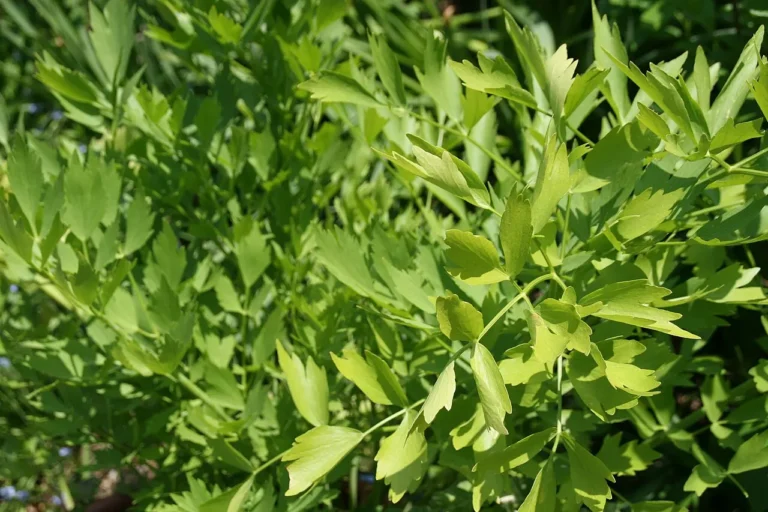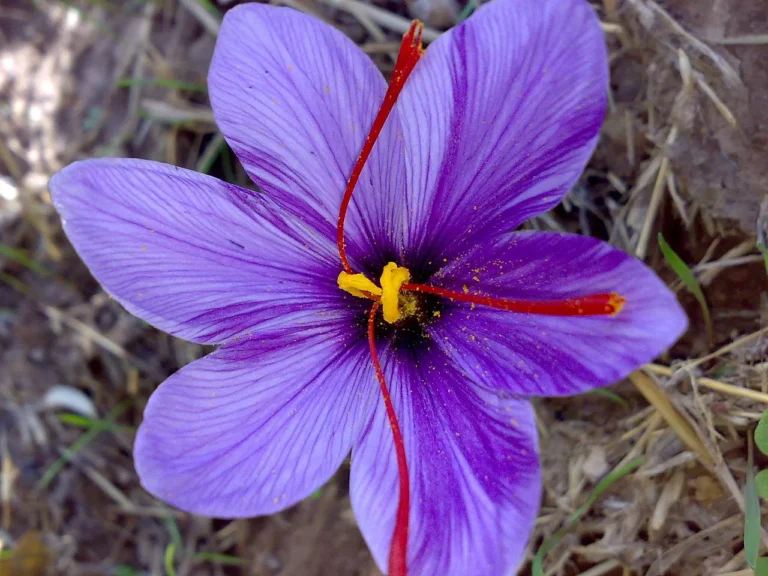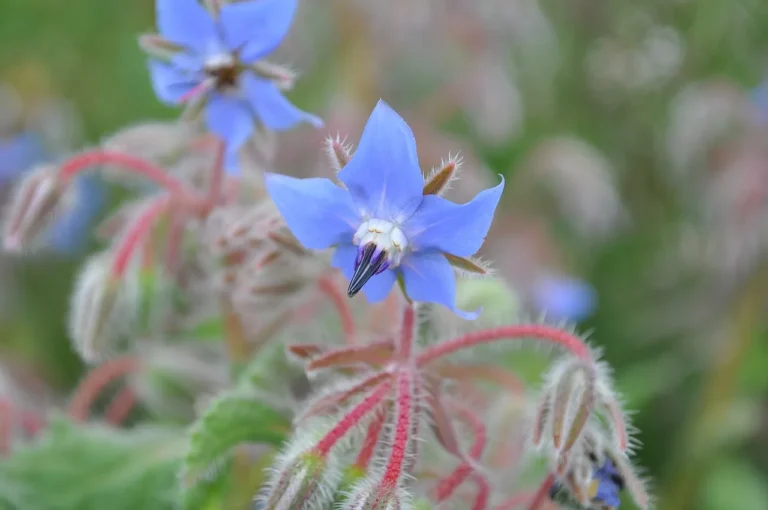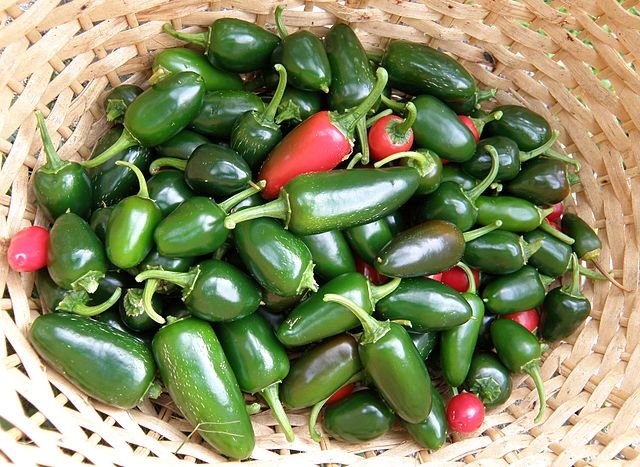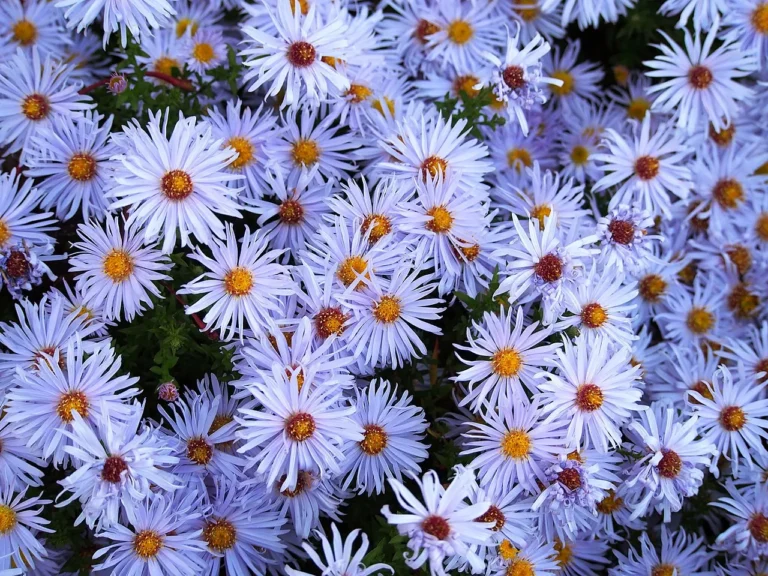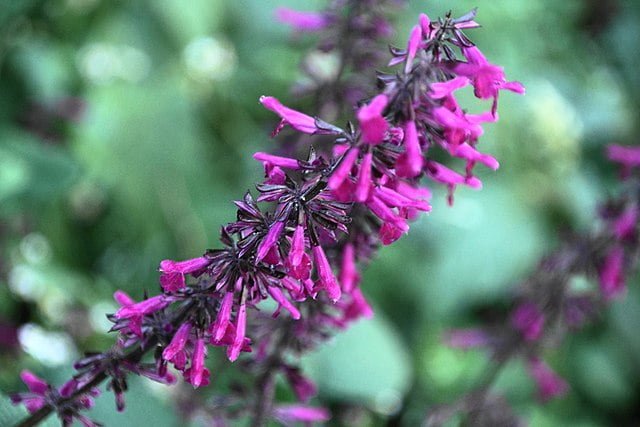Orchid Oasis: Creating a Sanctuary for Your Blooms
Understanding Orchids
Orchids belong to one of the largest and most diverse families of flowering plants, with over 25,000 species and more than 100,000 hybrids. Their ability to adapt to various environments allows them to thrive in a wide range of climates, from tropical rainforests to cold mountains. The key to cultivating orchids successfully lies in understanding their natural habitat and mimicking those conditions as closely as possible in your home or garden.
Selecting Your Orchids
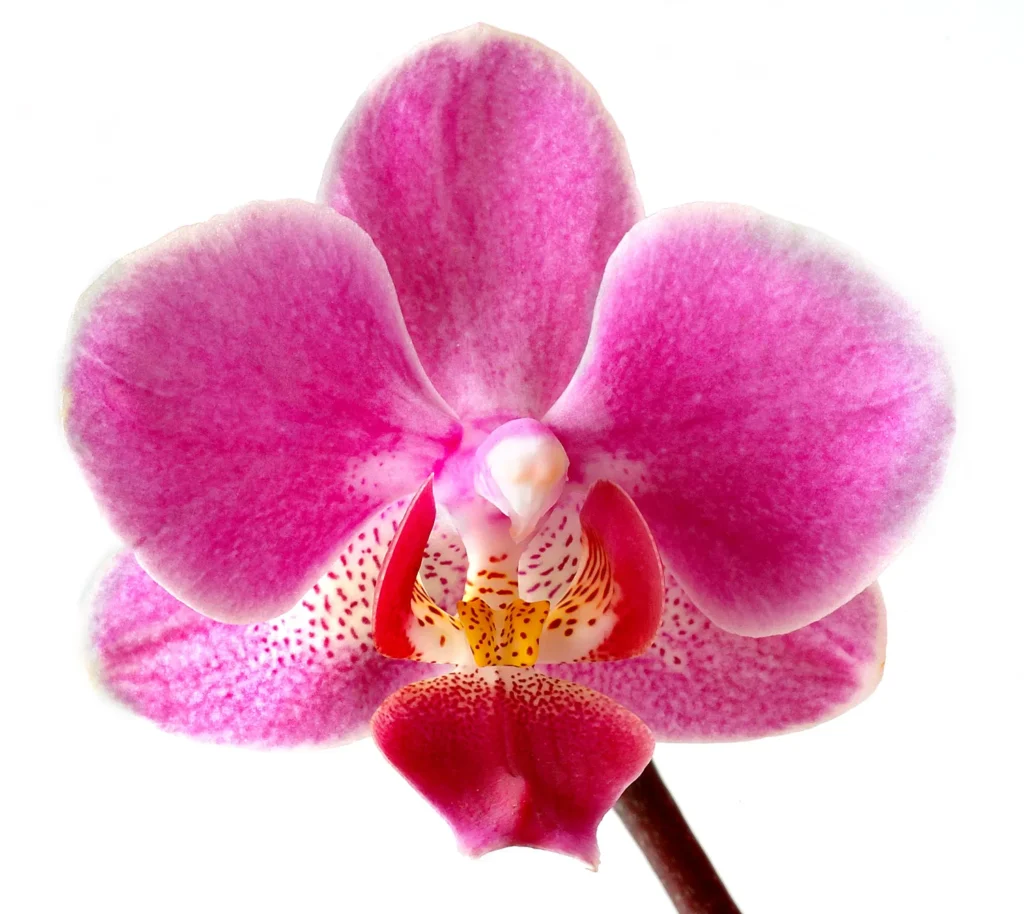
With such an immense variety available, choosing the right orchids for your oasis can be both exciting and overwhelming. Here are a few popular types that are known for their beauty and relative ease of care:
- Phalaenopsis (Moth Orchid): Renowned for their long-lasting flowers, Phalaenopsis orchids are ideal for beginners. They thrive in warm conditions and indirect light.
- Cattleya: Often called the “Queen of Orchids,” Cattleyas are known for their large, fragrant blooms. They require moderate to bright light and more precise watering schedules.
- Dendrobium: These orchids are loved for their long stems and multiple flower clusters. They prefer bright light and cooler temperatures to induce blooming.
- Oncidium (Dancing Lady Orchid): Oncidiums are known for their vibrant colors and distinctive shapes. They enjoy bright, indirect light and higher humidity levels.
Creating the Perfect Environment
To create an orchid oasis, you must replicate the ideal conditions for orchid growth and flowering:
- Light: Most orchids thrive in bright, indirect light. A south- or east-facing window is ideal. Be cautious of direct sunlight, which can scorch the leaves.
- Temperature: Orchids generally prefer a temperature range of 60-80°F (15-27°C). Nighttime temperatures that are slightly cooler than daytime temperatures can help stimulate flowering.
- Humidity: A humidity level of 40-70% is crucial for orchids. You can increase humidity by placing a humidifier nearby or setting the pots on trays filled with pebbles and water.
- Watering: Overwatering is a common pitfall in orchid care. Water your orchids only when the top inch of the potting medium is dry, typically once a week. Ensure proper drainage to avoid root rot.
- Potting Medium: Use a specialized orchid potting mix, which provides the airiness and drainage that orchid roots require.
Orchid Oasis Maintenance

Maintaining your orchid oasis involves regular care and attention to ensure your plants remain healthy and vibrant:
- Fertilizing: Feed your orchids with a balanced, water-soluble fertilizer once a month during the growing season. Reduce feeding in the winter.
- Repotting: Orchids need to be repotted every two to three years or when the potting medium breaks down. Repotting provides fresh nutrients and encourages growth.
- Pest and Disease Management: Keep an eye out for signs of pests or diseases. Isolate affected plants and treat them promptly to prevent spread.
Enjoying Your Orchid Oasis
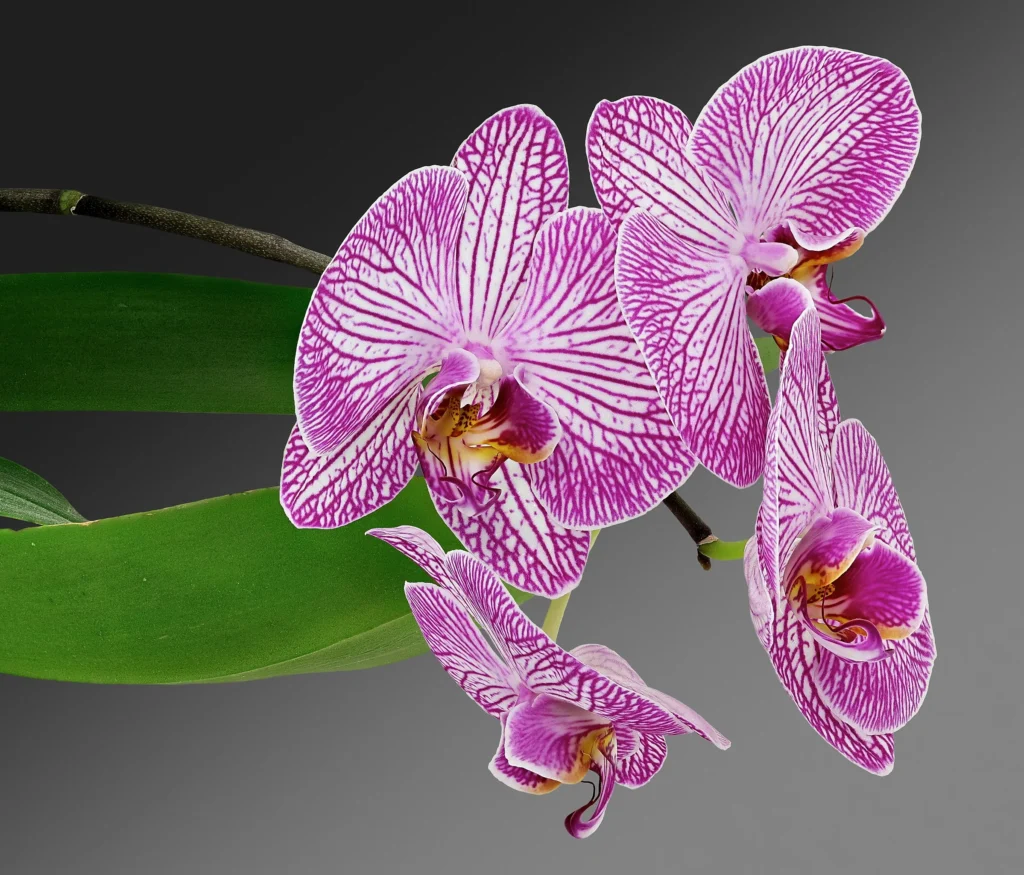
Creating an orchid oasis is not just about cultivating plants; it’s about fostering a space of tranquility and beauty. As you care for your orchids and watch them bloom, you’ll find a unique sense of satisfaction and peace. Orchids have a way of enchanting their caregivers, offering a respite from the hustle and bustle of daily life and connecting us more deeply with the natural world.
Designing Your Orchid Oasis
Here are a some ideas you can use to help design your own orchid oasis.
1. Windowsill Wonderland
A bright, east- or south-facing windowsill can become the perfect spot for an orchid display. Choose orchids that thrive in the available light conditions, such as Phalaenopsis or Dendrobium. Use decorative pots and arrange them at varying heights to create visual interest. This setup is ideal for those with limited space who still wish to enjoy the beauty of orchids daily.
2. Bathroom Rainforest
Transform your bathroom into a mini rainforest oasis where orchids flourish in the naturally high humidity. Smaller orchids like Masdevallia or miniature Phalaenopsis varieties are perfect for this environment. Install shelves near a frosted window to provide light without direct exposure to the sun. The steam from showers will help maintain the humidity these orchids crave.
3. Orchid Terrarium
For those who love DIY projects, creating an orchid terrarium offers a unique way to display these exotic beauties. Select small orchids, such as some Oncidium or miniature Cattleyas, and plant them in a glass terrarium with suitable potting media and moss. Terrariums can be placed almost anywhere in the home and create a focal point that draws the eye.
4. Patio Paradise
If you live in a suitable climate, transforming your patio or balcony into an orchid oasis can extend your living space into the outdoors. Hanging baskets of Vanda or Cattleya orchids can add a pop of colour and fragrance. Ensure the area receives filtered sunlight and is protected from extreme weather. This setup allows you to enjoy your orchids while relaxing outdoors.
5. Greenhouse Garden
For the ultimate orchid enthusiast, a dedicated greenhouse can provide the perfect climate-controlled environment for a wide variety of orchids. Here, you can experiment with more demanding species like the stunning and delicate Lady Slipper Orchid (Paphiopedilum) or the exotic and fragrant Vanilla Orchid. Greenhouses offer the ability to precisely control temperature, humidity, and light, enabling you to cultivate a truly diverse and flourishing orchid collection.
6. Living Room Oasis
Incorporate orchids into your living room decor by creating a dedicated orchid corner or coffee table display. Use a combination of orchid types and complementary decorative elements like stones, moss, and wood to mimic a natural habitat. This setup allows guests and family members to admire your orchids’ beauty in a communal space, adding a tranquil, natural element to your home decor.
7. Vertical Garden
Maximize your space by installing a vertical garden wall dedicated to epiphytic orchids, such as certain species of Epidendrum or Brassavola. Mounting these orchids on a wall mimics their natural growth habit on trees and can create a stunning visual impact. This approach is especially suitable for urban gardeners looking to add a touch of the tropics to their homes.
8. Outdoor Orchid Beds
In temperate climates, certain hardy orchid species, such as Bletilla (the Chinese ground orchid), can be grown directly in the garden. Creating a shaded orchid bed under trees or in a part of the garden that receives filtered light can integrate these exotic plants into your outdoor landscape, providing a surprising and enchanting element to your garden design.
Your Personal Orchid Oasis
Whether displayed on a sunny windowsill, arranged on a shaded patio, or curated within a greenhouse, your orchid oasis will serve as a personal retreat and a testament to the beauty and resilience of these extraordinary plants.
Additional Resources
American Orchid Society (AOS)
The AOS is a treasure trove of information for orchid enthusiasts of all levels. Their website features care sheets, webinars, and articles on various aspects of orchid care, from basic tips for beginners to advanced cultivation techniques. It’s an excellent place to learn about different orchid species, pest and disease management, and how to participate in orchid shows and events. Visit their website at www.aos.org.
OrchidWeb by Orchids Limited
This site offers a wealth of information on orchid care, including videos and cultural information for different orchid genera. OrchidWeb provides detailed care instructions for a variety of orchid species, making it a great resource for both beginners and experienced growers looking to expand their collection or knowledge. Check out their educational content at www.orchidweb.com.


